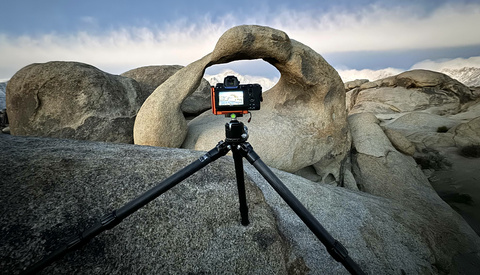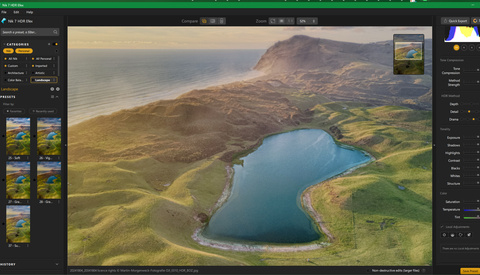How to Photograph in Harsh Sun
Those of us in the Northern Hemisphere are now in the throes of summer, which means harsh sunshine for a larger part of the day. While midday sun is generally not ideal for photographs, it isn't always avoidable. Luckily, there are some simple ways to work around and even with that blazing star and still end up with strong images.

















































